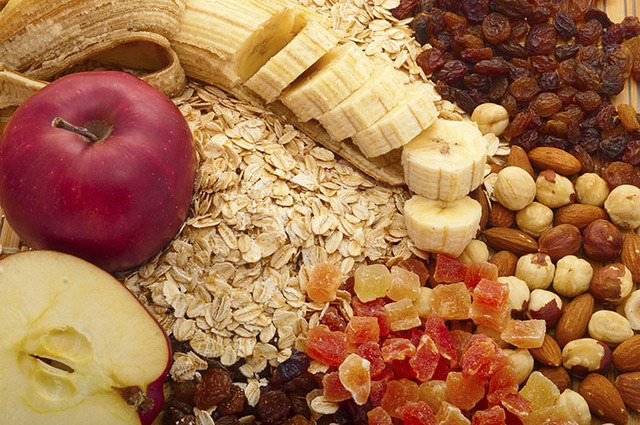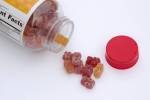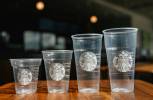Fiber is the superhero of our diet
It’s a bird, it’s a plane. No it’s Fiber Man. Dr. Denis Burkitt, is credited for making fiber a household word back in the 1970s. He found that in Africa, a number of common diseases in the Western culture—heart attacks, high blood pressure, obesity, diabetes, intestinal problems—were not common there. The reason: Africans had a higher intake of fiber and a lower intake of refined carbohydrates.
Fiber may not be faster than a speeding bullet, more powerful than a locomotive, or able to leap tall buildings in a single bound, but, nonetheless, some have called it a miracle food. How does something that remains relatively intact as it passes through your stomach and intestines and into the porcelain throne perform miracles? After all, this is opposite what happens with fats, proteins and carbohydrates that are broken down and absorbed by your body.
There are 2 types of fiber—soluble and insoluble. Soluble fiber, as its name implies, dissolves in water to form a gel-like material. It is found in apples, beans, oats, peas, carrots and citrus fruit. On the other hand, insoluble fiber does not dissolve in water. Insoluble fiber is found in whole-wheat flour, nuts, wheat bran, and a number of vegetables (cauliflower, potatoes). Let’s take a look at how these 2 fibers perform “superhero” acts to keep you healthy.
Dr. Nina’s Need To Know About Fiber:
• Bowel movement normalization
Fiber increases stool bulk and softens it, making it easier to keep things moving. It removes the brakes on constipation. On the other hand, if we have diarrhea, fiber serves to solidify the stool because it absorbs water and adds bulk to it.
• Bowel health maintenance
Diets rich in fiber have been shown to decrease our risk of developing hemorrhoids and diverticular disease (small and pesky out-pouches in our colons).
• Decrease of bad cholesterol
Soluble fiber dissolves into a gel-like material that is believed to “snatch up” or “soak up” cholesterol in our intestines. It prevents the cholesterol from being absorbed and flushes it out of our systems. Because cholesterol is leaving our body as waste, its ill-effects (atherosclerosis) are decreased.
• Blood sugar control
The gel-like material not only snatches up and decreases absorption of cholesterol in our intestines, but also sugar. One study showed that something as simple as eating fiber-enriched bread for only 3 days improved insulin sensitivity in overweight and obese women by 8%. Imagine the possibilities of a more committed relationship with fiber. It may help avoid having to go on insulin or the long-term debilitating complications from diabetes.
• Healthy weight
If it is not absorbed it cannot add calories. Additionally, chewing celery and carrots takes time and energy. It takes your stomach 20 minutes to signal to your brain that you are full and to “stop eating!” As a result, you are affording your body the opportunity to register that you are no longer hungry — you are buying time. And you are getting more bang for your buck. Fiber adds bulk and makes a meal feel larger and linger longer.
Now that you are (hopefully) convinced, let’s figure out how to get there. The answer is whole-grain products, fruit, vegetables, beans, peas, legumes, nuts and seeds. Although whole foods are generally preferred, fiber supplements may be needed if dietary changes are not sufficient. Supplements do not possess the same superpowers that fiber from food does—vitamins, minerals and other beneficial nutrients.
An apple a day may not be enough to keep the doctor away. But if you consider a bowl of oatmeal, an apple and a serving of veggies with each meal, that’s a whole ‘nother story. It may be able to stop the speeding bullet of a number of preventable issues.
This information is for educational purposes and should not be considered specific medical advice. Always consult with a qualified medical professional regarding your individual circumstances.
Dr. Nina Radcliff is dedicated to her profession, her patients and her community, at large. She is passionate about sharing wise preventive health measures. Contact her on Facebook, Twitter @drninaradcliff or by email at info@ninaradcliffmd.com.




























